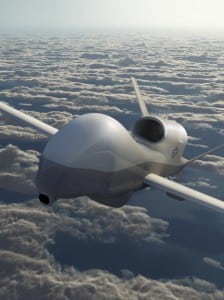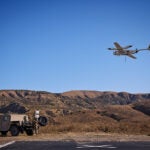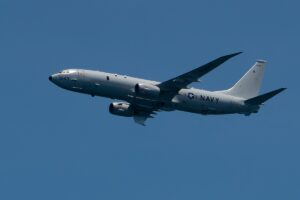
 After three straight years of putting off the first buy of MQ-4C Triton aircraft until the next budget, the Navy is finally ponying up nearly $500 million for three aircraft in its fiscal 2016 request. With the domestic hurdle out of the way, how do the Triton’s prospects look on the international market?
After three straight years of putting off the first buy of MQ-4C Triton aircraft until the next budget, the Navy is finally ponying up nearly $500 million for three aircraft in its fiscal 2016 request. With the domestic hurdle out of the way, how do the Triton’s prospects look on the international market?
The MQ-4C is based on the RQ-4 Global Hawk platform, which gives it plenty of instant familiarity for many U.S. allies who already use the Global Hawk. Unfortunately for the Triton program, that may also limit its prospects because many nations may simply continue buying Global Hawks as the line remains opens. Add to that the Triton’s price tag and the fact that the U.S. will only allow it to be sold to close allies, and the number of international buyers that Northrop Grumman is likely to sell it to is severely limited.
Phil Finnegan, vice president of corporate analysis at the Teal Group, said that there is certainly interest in the MQ-4C, which is much more suited to the maritime domain with its 360-degree radar compared to the RQ-4.
“Australia is definitely interested,” Finnegan said. “And depending on when Japan comes forward with a purchase — they’ve been more interested in the Global Hawk, but they potentially might end up with a Triton if the Global Hawk is no longer in production by the time they move ahead.”
After that, however, things start to get murky. The $500 million price tag for just three aircraft that the Navy is shouldering today might be too much for maritime nations that might be able to use the platform who aren’t top-flight economies like Australia or Japan. And then there is the Missile Technology Control Regime, which limits who Northrop will be able to sell the aircraft to.
“The U.S. isn’t going to allow a lot of exports of this system except to very close allies, and these systems are expensive,” Finnegan said. “So that really limits the potential market for them.”













